Section C
Directions: There are 2 passages in this section. Each passage is followed
by some questions or unfinished statements. For each of them there are four
choices marked A), B), C) and D). You should decide on the best choice and mark
the corresponding letter on Answer Sheet 2 with a single line through the
centre.
Passage One
Questions 46 to 50 are based on the following passage.
We often think of drawing as something that takes inborn talent, but this
kind of thinking stems from our misclassification of drawing as, primarily, an
art form rather than a tool for learning.
Researchers, teachers, and artists are starting to see how drawing can
positively impact a wide variety of skills and disciplines.
Most of us have spent some time drawing before, but at some point, most of
us stop drawing. There are people who don’t, obviously, and thank god for that:
a world without designers and artists would be a very shabby one indeed.
Some argue that so many adults have abandoned drawing because we’ve
miscategorized it and given it a very narrow definition. In his book, Stick
Figures: Drawing as a Human Practice, Professor D. B. Dowd argues that we have
misfiled the significance of drawing because we see it as a professional skill
instead of a personal capacity. We mistakenly think of “good” drawings as those
which work as recreations of the real world, as realistic illusions. Rather,
drawing should be recategorized as a symbolic tool.
Human beings have been drawing for 73,000 years. It's part of what it means
to be human. We don't have the strength of chimpanzees(大猩猩) because we’ve given
up animal strength to manipulate subtle instruments, like hammers, spears, and —
later — pens and pencils. The human hand is an extremely dense network of nerve
endings. In many ways, human beings are built to draw.
Some researchers argue that doodling (涂画) activates the brain’s so-called
default circuit — essentially, the areas of the brain responsible for
maintaining a baseline level of activity in the absence of other stimuli.
Because of this, some believe that doodling during a boring lecture can help
students pay attention. In one study, participants were asked to listen to a
list of names while either doodling or sitting still. Those who doodled
remembered 29 percent more of the names than those who did not.
There’s also evidence that drawing talent is based on how accurately
someone perceives the world. The human visual system tends to misjudge size,
shape, color, and angles but artists perceive these qualities more accurately
than non-artists. Cultivating drawing talent can become an essential tool to
improve people's observational skills in fields where the visual is
important.
Rather than think of drawing as a talent that some creative people are
gifted in,we should consider it as a tool for seeing and understanding the world
better-one that just so happens to double as an art form. Both absent-minded
doodling and copying from life have been shown to positively affect your memory
and visual perception,so complain loudly the next time your school board slashes
the art department’s budget.
46. What do people generally think about drawing?
A) It is a gift creative people are endowed with.
B) It is a skill that is acquired with practice.
C) It is an art form that is appreciated by all.
D) It is an ability everyone should cultivate.
47.What do we learn about designers and artists?
A) They are declining gradually in number.
B) They are keen on changing shabby surroundings.
C) They add beauty and charm to the world.
D) They spend most of their lives drawing.
48. What does Professor D. B. Dowd argue in his book?
A) Everybody is born with the capacity to draw.
B) Drawing is a skill that requires special training.
C) The value of drawing tends to be overestimated.
D) Drawing should be redefined as a realistic illusion.
49.What have some researchers found from one study about doodling?
A) It is a must for maintaining a base level of brain activity.
B) It can turn something boring into something interesting.
C) It is the most reliable stimulant to activate the brain.
D) It helps improve concentration and memory.
50. What is characteristic of people with drawing talent?
A) Sensitivity to cognitive stimulation.
B) Subtlety of representation.
C) Accuracy in categorization.
D) Precision in visual perception.
【参考答案】
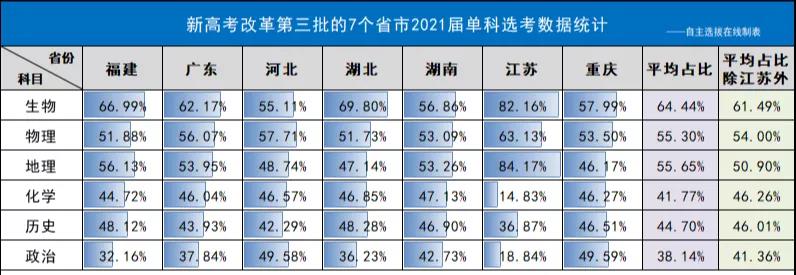
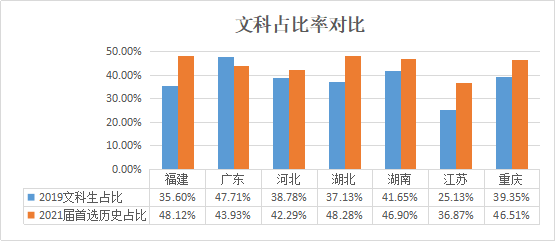
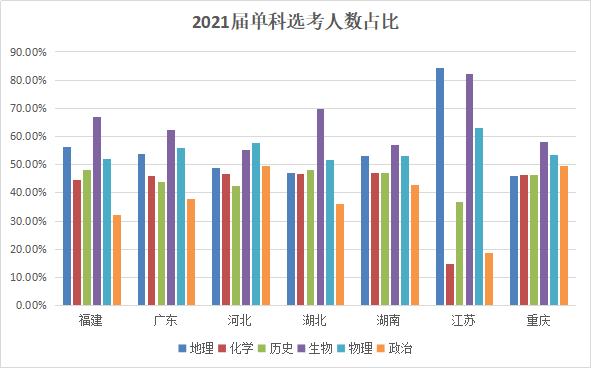










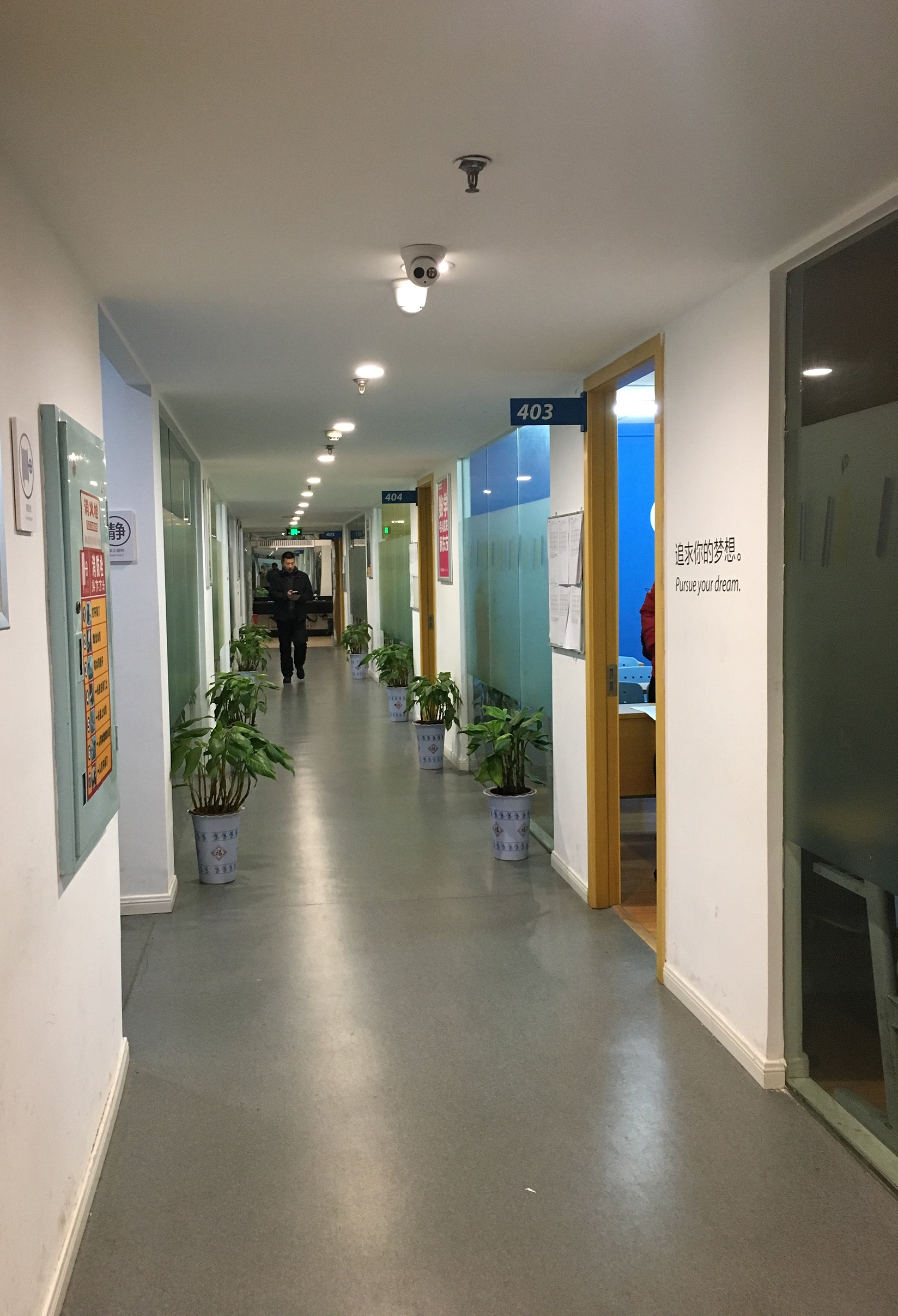

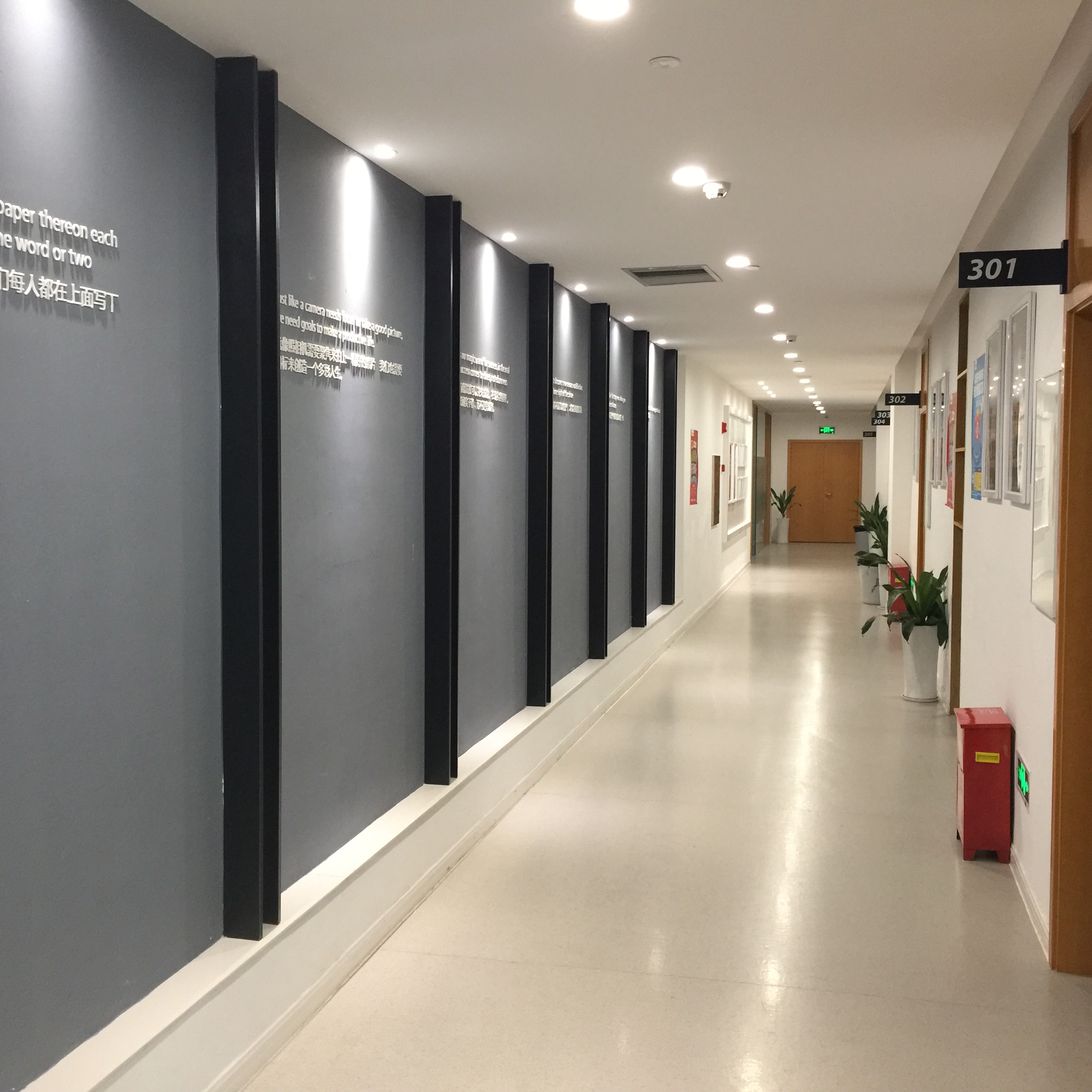





 京公网安备11010802021790号
京公网安备11010802021790号









 学习资料
学习资料
